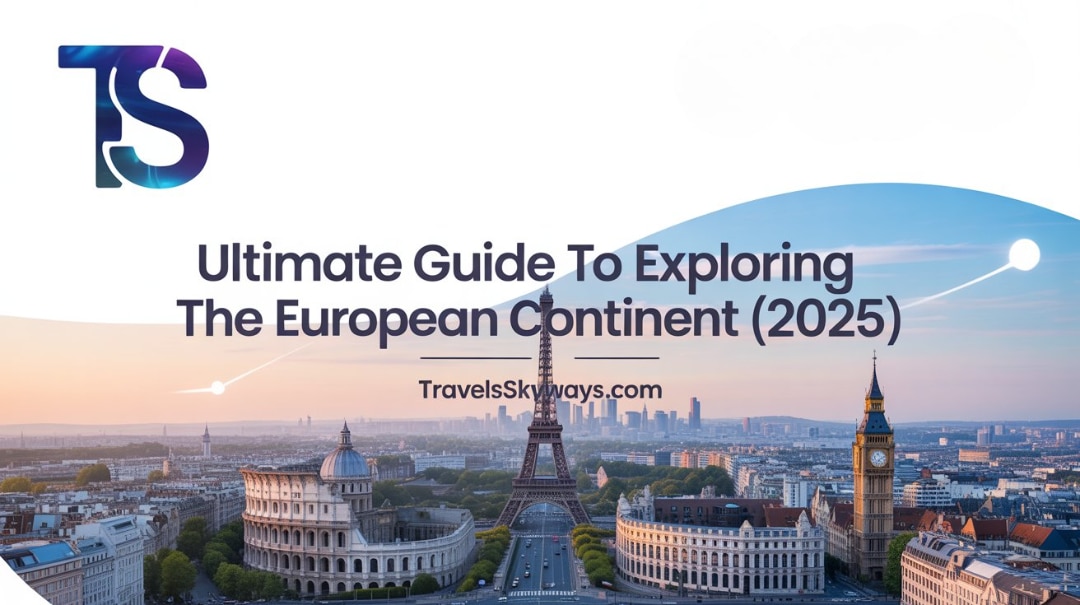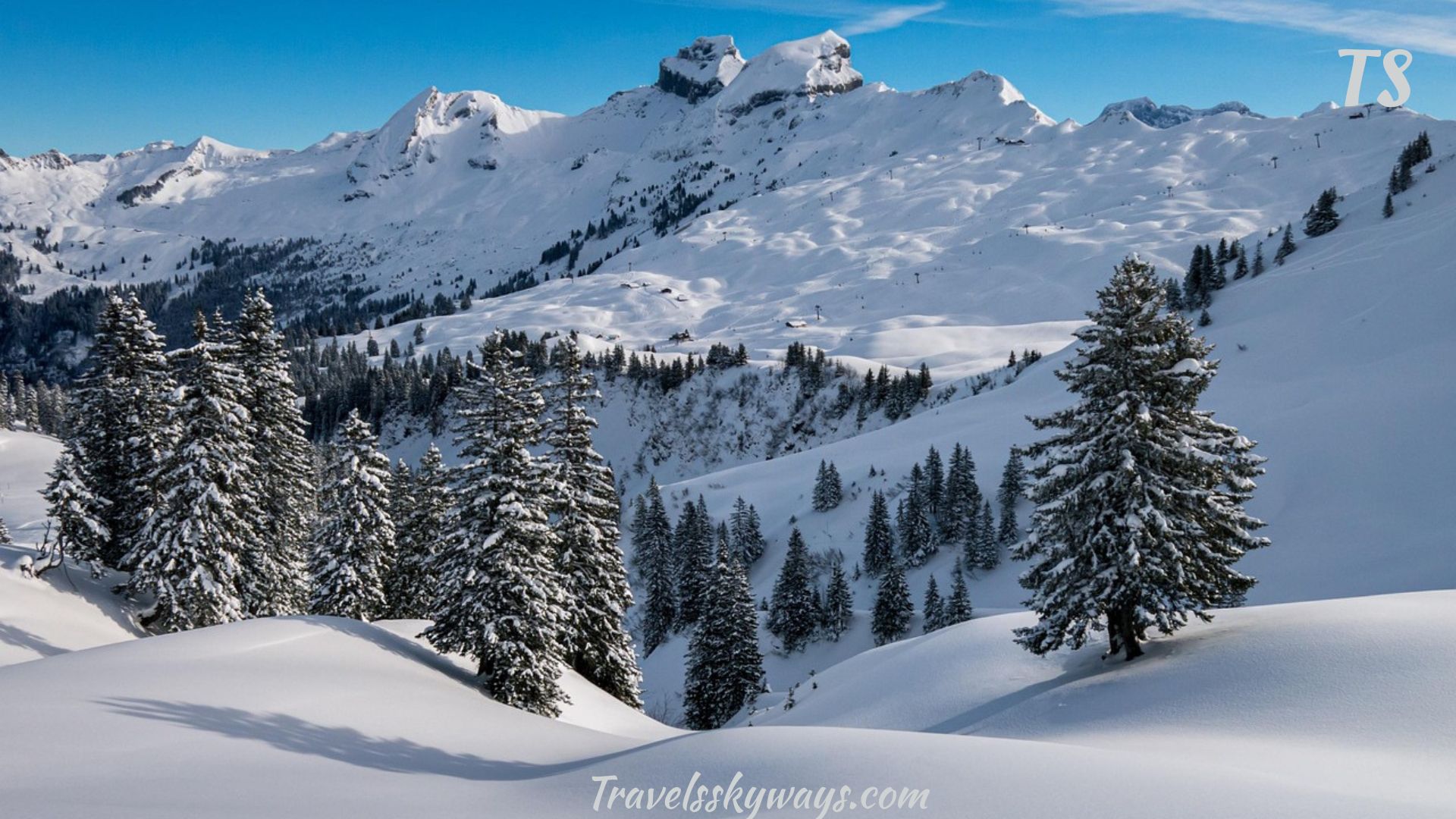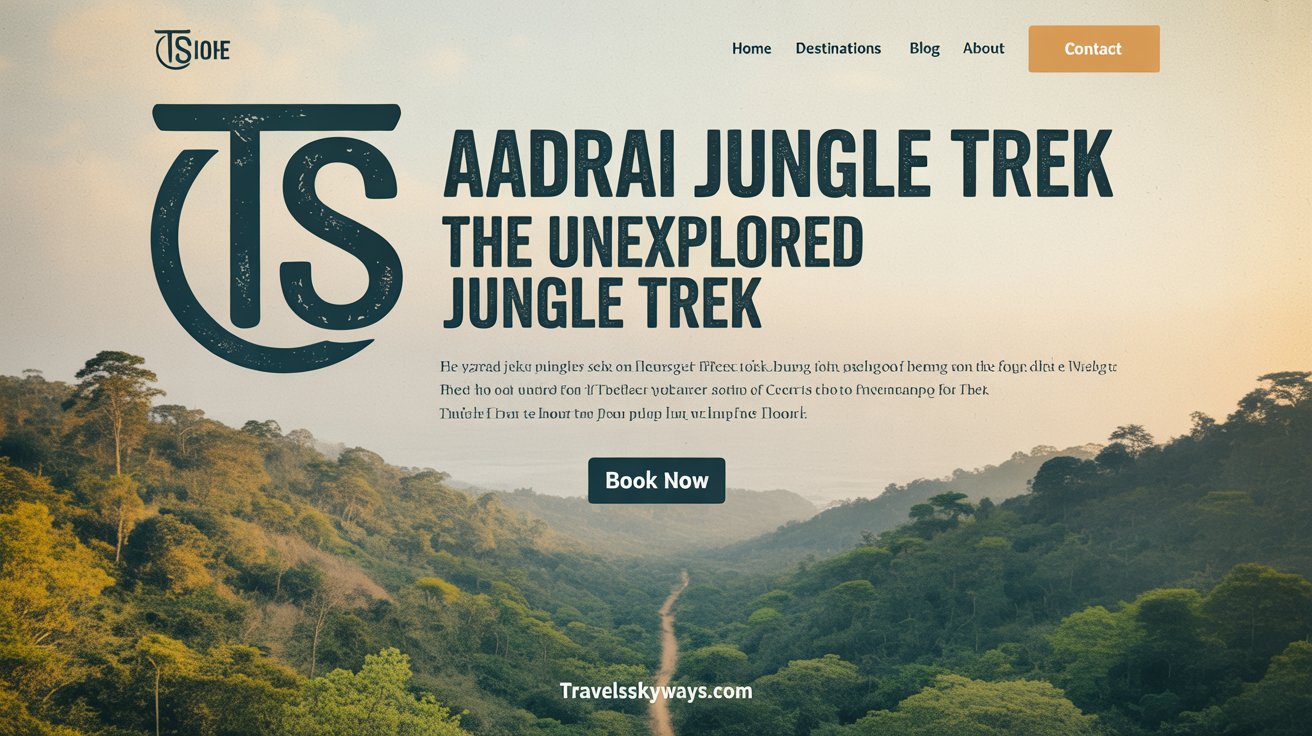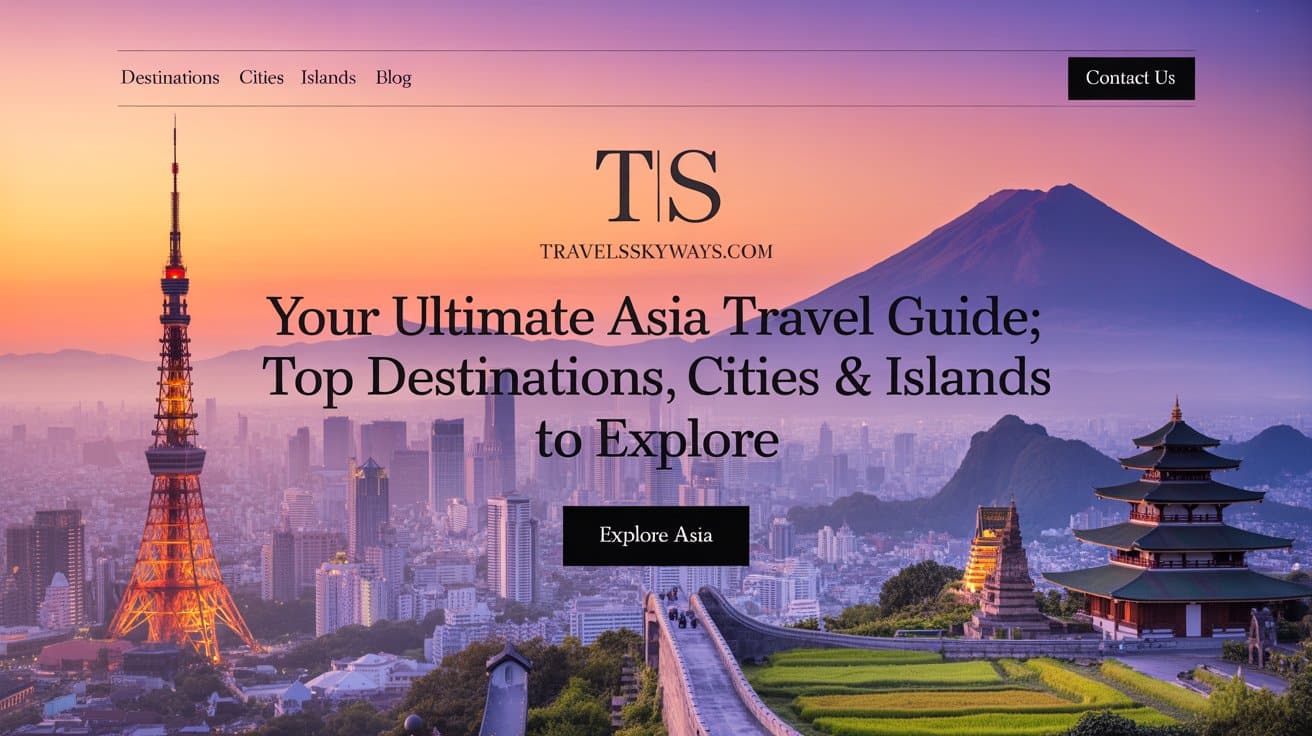
Is it a dream come true to enjoy fine dining, blockbuster attractions, and streets made of cobblestones? Travel across time zones, civilizations, and borders with the smartest, most smooth ways shown in this Ultimate Guide to Exploring the European Continent (2025). From visa regulations to local experiences, here is all you need to become an expert European traveller.
Getting Started: Preparing for the European Continent
Europe has tourists who flock to it as it boasts both a blend of historical sites and modern designs. A brief day excursion will lead you to medieval lanes, gleaming metros, and mouthwatering food markets.
What to know before you go:
- Based on your nationality, visa criteria differ. For brief trips, the majority of Schengen Area guests can travel visa-free; however, obtaining an ETIAS permission will shortly be compulsory.
- Medieval streets, pristine metros, and wonderful food markets are all within a few hours’ drive.
Best Time to Travel Europe (By Month & Purpose)
Europe’s weather and crowd levels shift dramatically through the year:
| Season | Highlights | Best For |
| Spring (Apr–Jun) | Blooming gardens, fewer tourists, festivals | Charming sights on a budget |
| Summer (Jul–Aug) | Long daylight, beach towns, open-air concerts | Sun worshippers, festivals |
| Autumn (Sep–Nov) | Wine harvests, fall colors, lighter crowds | Wine lovers, budget travelers |
| Winter (Dec–Feb) | Christmas markets, skiing, cozy traditions | Holiday magic, winter sports |
Spring and fall are perfect for affordable travel in the European Continent; flights are less expensive, and you still get decent weather.
How to Choose Where to Go
Want history in Prague, artwork in Paris, or spaghetti in Rome? Here is the process of selection:
- Some folks who have never visited Europe before travel to locations like Paris, Rome, and Berlin. They contain several landmarks and are simple to move about.
- Unorthodox routes include less well-known gems like Porto or close interactions in Slovenia.
- Island getaways bring blue waters and a leisurely pace; consider the Azores of Portugal or the Greek Isles.
- Mountain lovers will find the Alps and Dolomites provide remarkable skiing and treks.
Utilizing route finders (like Rome2Rio) and EUrail Pass planners will help you to see relationships.
Building Your Ideal European Itinerary
Customize your route according to trip length:
- 1 Week: Concentrate on one or two nations from Rome to Florence or London to Paris.
- 2 Weeks: Wide enough for Bavaria’s castles or a region-specific tapas trail.
- 3+ Weeks: Starting in Eastern Europe (Prague, Budapest) and finishing in Southern Europe (Florence, Barcelona), this is an exhaustive tour.
Pro tip: Train travel in Europe is efficient. EUrail Passes simplify travel across several nations and could be less expensive than single tickets.
Essential Travel Tips You Need
Experienced travelers won’t tell you this until day three:
- Getting a Public transport pass ahead of time will help you save both time and money.
- Bring an EHIC (European Health Insurance Card) along; emergency treatment will cost considerably less.
- Travel insurance—particularly that for health and cancellation—should not be neglected.
- Look out for little frauds in tourist areas, such as pricey taxi meters or bogus charity requests.
Transportation: Getting There & Getting Around
Getting There
- Almost every month, there are promotional offers from budget airlines like Ryanair or EasyJet to the major hubs. Travel without penny-pinching: Distance has just transformed travelling costs.
- Search Google Flights for fairly priced local or transatlantic flights.
Getting Around
- Most European cities are connected by rail, sometimes faster than flying when security wait times are considered.
- Night trains let you move and sleep, therefore reducing lodging costs.
- Car rentals are fantastic if you are going to the far-off islands or rural areas.
Catching trains, buses, and trams is simple using mobile tickets and apps.
Where to Stay: Accommodation Types & Trends
From modest lodgings to opulent accommodations:
- Hotels vs hostels: Budget and social tourists find hostels fit. Hotels provide ease and service.
- Particularly for families or extended visits, Airbnb Europe sometimes lowers pricing.
- Eco-friendly housing is getting more popular in places like countryside B&Bs and hotels that have been certified as being eco-friendly.
- Book using sites with proven reviews and refundable rates.
Eating Across Europe: Regional Cuisine & Food Tips
Europe’s food scene will keep you curious and well-fed:
- Street pleasures? Sample tapas in Spain, crepes in France, or strudels in Austria.
- Schedule a food tour in Europe to explore regional markets and culinary courses that visitors frequently overlook.
- Fresh, reasonably priced food ideal for spur-of-the-moment meals and mingling with locals may be found in local markets.
- In Germany, if service wasn’t included, tipping culture changes little in Italy, rounds up in the U.K., and adds 510%.
Languages, Etiquette & Staying Connected
Culture is more than just language:
- Just saying “thank you” in the local language can help you get into apps that can quickly translate things.
- Different cultures have different rules. In Germany, being on time is important, but in Southern Europe, dinner might start late.
- Get a local SIM card or eSIM for communication in Europe; most restaurants additionally provide free Wi-Fi.
- Useful programmes: currency converters, city transit planners like Citymapper, and translation tools.
Sustainable & Responsible Travel Tips
Embrace responsible travel:
- Use public transportation, walking, or cycling instead of car rentals wherever possible.
- Local businesses line up for both domestic travel and community-managed tours that miss all the souvenirs of mass tourism.
- Eco-stays emphasize green credentials, construction that is kind to wildlife, or solar power.
Packing Like a Pro
Pack cleverly, not more:
- Essentials include multilayer clothing, comfortable walking shoes, and adaptors (check the plug type).
- Begin with a packing list so you won’t miss necessities like documents or power banks.
- Keep copies (physical and electronic) of travel documents, including passports and insurance.
Money & Entry Requirements
Rules on money and admittance are all in one location:
- Up to 90 days, several nations travel visa-free to the Schengen Area.
- You will soon need an ETIAS authorization; submit an online application well in advance of your trip.
- Watch out for ATM fees; withdraw more significant sums to save with debit cards linked to banks appropriate for travel.
- Understanding present exchange rates keeps you from overpaying when converting local money.
Top Destinations Worth Your Time
Europe has everything from the classics to obscure treasures:
- Classics: Paris, Rome, Berlin perfect for museum lovers and first-time guests.
- Lisbon, Krakow, and Budapest are modern, lively trendsetters.
- Forgotten nature holidays: The fjords of Norway, the Alps of Switzerland, and the Highlands of Scotland are all comparable to each other.
- Ljubljana charms with green projects, one of the less well-known cities. Tallinn brings back medieval beauty with a modern touch.
Can’t-Miss Festivals & Experiences
Europe is having a wonderful party. Come along:
- All the sweet chaos of the La Tomatina festival, the beer craziness of Oktoberfest, and Nordic charm at Christmas markets join grandly.
- Outdoor thrill is also skiing in the Alps and kayaking in Croatia.
Time your trip around events, book early as these fill rapidly.
Shopping in Europe: What’s Worth Buying
Souvenirs having substance:
- Bring home handmade items such as leather in Florence, Portuguese tiles, or Murano glass.
- Fashion centers, including Milan and Paris, have upmarket items.
- At airports, don’t skip VAT refunds; they can save you a fair bit of money.
Solo, Couple, and Family Travel Tips
Everybody’s travel style varies:
- Stick to brightly lit places in the evening and go on early walking tours to meet folks as a solo traveler.
- Couples: romanticism anywhere, historical strolls in Prague, Santorini sunsets
- Families: Pick stroller-friendly cities like Amsterdam many sights cater to children.
Safety, Scams & Common Travel Mistakes
Play skillfully; stay safe:
- Be aware that typical pickpocket locations include Paris metro stations and Venice boats.
- Read regional emergency numbers before you travel112 runs throughout most of Europe.
- Verify what your European trip insurance covers before you travel.
Digital Tools to Make Europe Travel Easier
Your phone turns out to be your most dependable travel companion:
- Offline maps, transit apps, and translation tools are necessities.
- Budget trackers like Trail Wallet let you monitor travel spending in Europe under control.
- Before you even leave your dorm, you may book train tickets, view schedules, or check museum hours.
Sample Travel Routes & Visual Itineraries
Visualizing your goals helps you stay focused:
- Think about logically and logistically combining locations: Rome, Florence, Venice makes sense geographically.
- Consider train versus flight times and costs; for instance, rail often prevails between Berlin to Prague or Paris to Amsterdam.
- Mapping tools and trip planners enable you to see your journey while keeping travel times reasonable.
Quick Reference Tables
| Region | Best Time to Visit | Highlight Experiences | Budget Per Day (USD) |
| Southern EU | May–Sept | Beaches, vineyards, warm evenings | 70–120 |
| Western EU | Apr–Oct | Art, café culture, and historical sites | 80–150 |
| Eastern EU | May–Oct | History, vibrant nightlife, and lower costs | 50–100 |
| Northern EU | June–Aug, Dec | Midnight sun, design, cozy winters | 90–160 |
FAQs
Can I work in Europe on a Schengen visa?
Schengen visas lack job rights. To work in a particular nation, you will require a long-stay or work visa.
What if my flight gets canceled?
Under EC 261, flight passengers are usually safeguarded. A decent trip insurance policy will also cover unanticipated expenses.
Is tipping mandatory in Europe?
Not always. People typically round up or include little coins in most areas. Service might already be provided in tourist destinations.
Do I need an EU SIM card or eSIM?
A regional SIM or eSIM usually avoids roaming costs. Programs like EU-wide packages guarantee consistent pricing.
How fast is public Wi-Fi in Europe?
Speeds range from sluggish in small villages to rapid in cafe hotspots. Having a portable hotspot allows you to stay linked safely.
Conclusion
Ultimate Guide to Exploring the European Continent offers visitors a clear, certain route to enjoy European travel. This handbook simplifies, enhances, and makes European travel more memorable by providing current information on visa requirements, European transit, European hotels, cultural norms, and European food.

Travels skyways helps you plan your perfect journey with expert tips, destination guides, travel hacks, and budget advice. Whether it’s a quick getaway or a dream vacation, we’re here to guide your adventure from start to finish.







